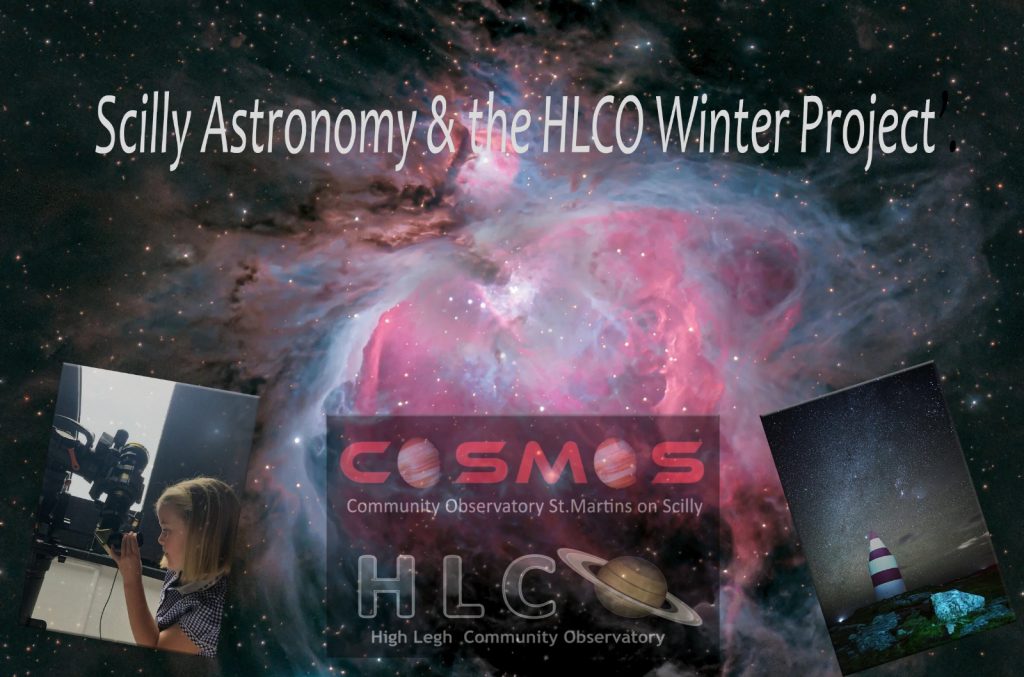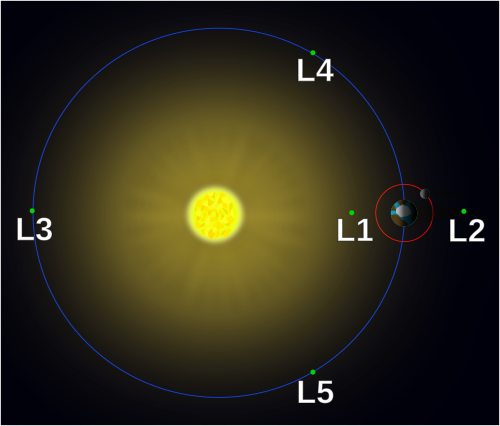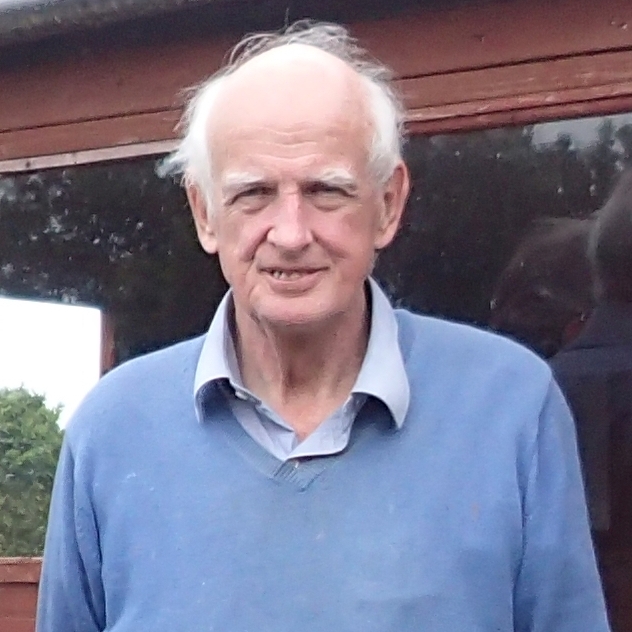We will start with a short talk by Mark entitled “The Star of Bethlehem Rebooted – a modern perspective”.
Image credits: Roger Ferrin and OGWT


This will be followed by the legendary HLCO Christmas Quiz provided by Colin.
There will be a prize!

We will start with a short talk by Mark entitled “The Star of Bethlehem Rebooted – a modern perspective”.
Image credits: Roger Ferrin and OGWT


This will be followed by the legendary HLCO Christmas Quiz provided by Colin.
There will be a prize!
Scilly Astronomy and the HLCO Winter Project
There will be a double presentation by Mark Holmes for the November meeting. The first half will be ‘Scilly Astronomy’ in which Mark will describe the success of an HLCO outreach project.

In the second half he will turn to practical matters at our own observatory here at HLCO. Mark will outline a list of 10 objects we will target over the Autumn/Winter period for imaging with our upgraded kit, with a view to presenting the results in Spring 2026.
Some Strange Characteristics of Gravity
Andy Verwer of MaccAstro will present a two-part talk to answer the questions:
a) Why do we get two identical high tides per day?
b) Lagrange points: what are they and why are they useful in space flight?




John Anderson, our project engineer for so many years, passed away peacefully on Tuesday 26th August in Macclesfield hospital following an illness.
HLCO wouldn’t be what it is today without his contributions and constant support – we will be eternally grateful
Mapping the Universe to reveal its dark secrets

Our speaker will be Dr Steve Cunnington from the Institute of Cosmology and Gravitation, Universities of Portsmouth and Manchester.
Steve says “We sort of understand how our Universe works and evolves. However, this relies on the existence of dark matter and dark energy, which should make up 95% of the Universe. The problem is that we lack an understanding of these phenomena, and they remain undetected in particle colliders.
Strong arguments therefore exist that perhaps our interpretation of the Universe is missing something. For example, maybe we need to extend Einstein’s general relativity, our current description of gravity. It is the job of cosmologists to use the latest tools to observe our Universe and test such possibilities.“
In this talk, Steve will give an overview of how large radio telescopes, such as the Square Kilometre Array, will provide new ways to map the structure of the Universe by recording how its content is distributed. These maps, which stretch unprecedented scales and depths, provide clues to how gravity works and can help reveal the nature of dark energy and dark matter.
We will be taking a break in August but we will be back in September.

Meanwhile, as mentioned at the July talk, you might want to head over to FaceBook to take a look at the HLCO-branded merchandise that is now available. Just search for the group called “High Legh Community Observatory”.
If you are not on FaceBook, you can follow this link to the catalogue
https://online.fliphtml5.com/gthel/nyrs/
Eric through the looking glass

Eric McElroy will take us on his personal journey into astrophotography, from conception to reality.
He will describe the adventure step by step, from being a complete beginner to producing images like this (NGC 4565 The Needle Galaxy ) in only a matter of months… despite the challenge of working in a Bortle 6 area (i.e. under a bright suburban sky).
Thanks to the sterling work of Chris and Eric we are a functioning site again.
The C9.25 telescope inside the dome needed some serious refurbishment but it is now back in place…


… and – at last – the RASA has a permanent home in a run-off shed.

We are ready for visitors again!
The Blue Jewel that is Neptune

Mark Holmes will tell you everything you ever wanted to know about the furthest planet from the Sun but were afraid to ask…
Image credit
NASA / Voyager 2 / PDS / OPUS / Ardenau4
Slides from this talk can be found here
For the first time in a while, we were able to open on Friday 4th April.
Mark had the SeeStar S50 and Chris was using the RASA 8. Despite the quarter-Moon and fairly poor seeing, decent images were made.

Mark’s shot of the Moon was a single image and is shown here without any image processing.
Chris had the Rasa 8 telescope with an Apc Imx571 colour camera. He took 109 30-second images and processed them with different filters to bring out the Ha and Oiii wavelengths.


The third image is a composite with the addition of 20 120-second images taken with an NBZ uhs filter, specifically designed to enhance the contrast of Ha and Oiii emission nebulae.
